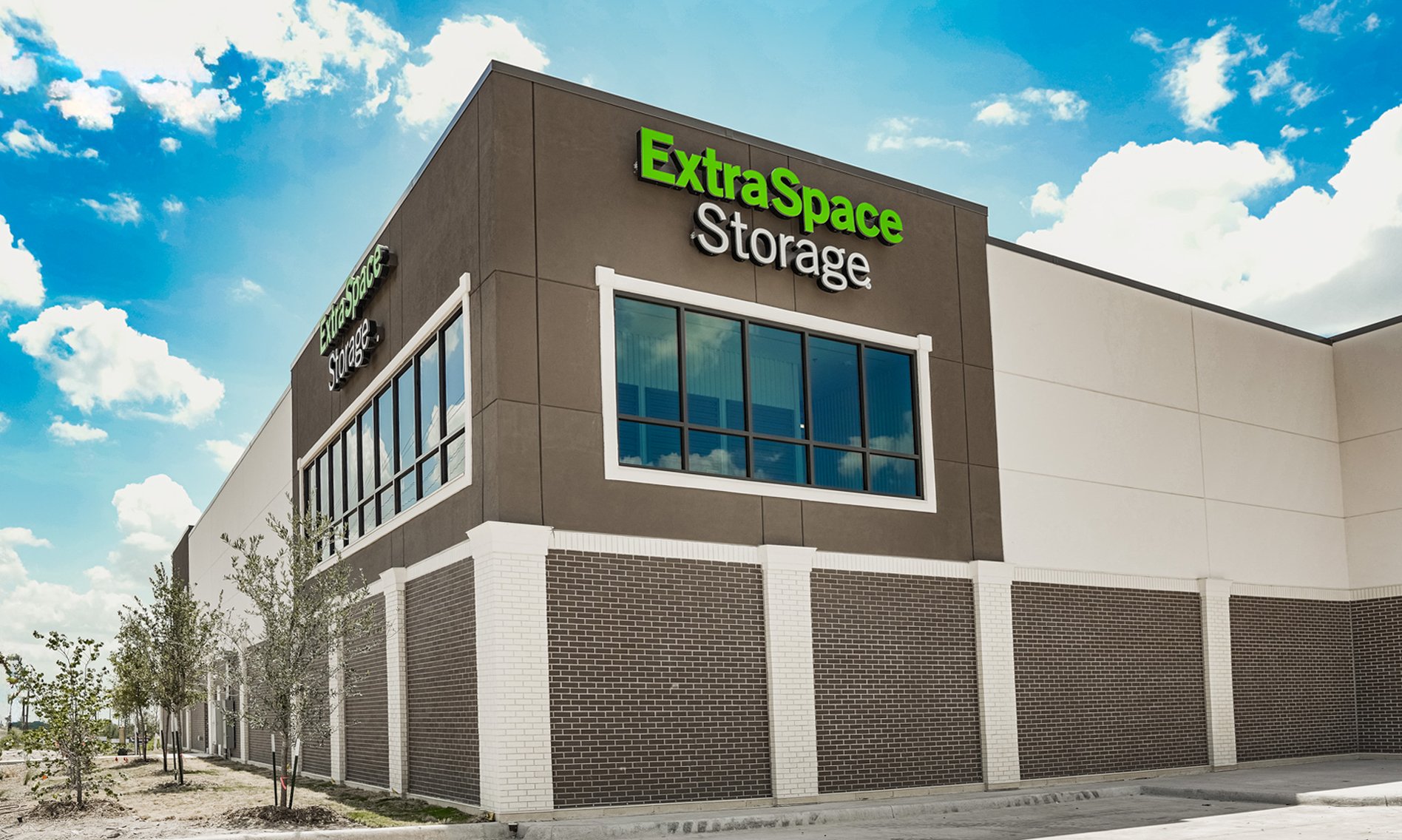4 MIN READ
3 MIN READ
Beyond Multifamily: How Self Storage May Complement Multifamily Allocations
Oct 27, 2025 10:51:30 AM

Multifamily real estate has long been a core allocation in private real estate portfolios. But as market dynamics evolve, a growing number of advisors are seeking complementary property types that offer similar long-term benefits without the same regulatory pressure, capital expenditure intensity, or management complexity.
Self storage stands out as a meaningful counterpart to multifamily in today’s investment landscape. Institutional allocators have paired these two sectors for decades, recognizing how their performance profiles and risk exposures complement one another across market cycles.
A Dual Performer in Growth and Contraction Cycles
Self storage has demonstrated impressive performance in both economic expansions and downturns. During periods of economic growth, demand is fueled by mobility, consumerism, and business formation. In downturns, it benefits from downsizing, dislocation, and transitional demand.
According to NAREIT, self-storage REITs delivered an average annual return of 17.43% between 1994 and 2021, outperforming all other major real estate sectors over that period¹.
Operational Simplicity and Margin Advantages
Compared to multifamily, self storage is inherently simpler to operate. There are no tenant improvements, plumbing issues, or frequent turnovers involving full rehabs. Staffing needs are minimal, and maintenance costs are low. As a result, our own research has shown operating margins can reach 65–70% for well-managed facilities², higher than typical multifamily assets.
Dynamic Pricing, Short Leases Mean Greater Flexibility
Self storage is built for pricing agility. Month-to-month leases allow owners to adjust rents quickly in response to demand, inflation, or seasonal shifts, something multifamily landlords can’t do as easily under one-year lease structures. Dynamic pricing systems are increasingly used to optimize revenue across unit types and occupancy levels.
Regulatory Insulation
Unlike multifamily, self storage faces virtually no rent control exposure. This reduces legal risk and makes income streams more predictable. For advisors navigating increasingly complex housing policies in major markets, this represents a notable benefit.
A Proven Institutional Strategy
Self storage has earned a place in institutional portfolios for a reason. Its low correlation with other CRE sectors, high historical returns, and resilience through downturns make it a natural companion to multifamily investments. Today’s volatile macro environment underscores the importance of balancing risk exposure and sourcing diversified income streams.
According to Green Street, stabilized self-storage assets delivered higher annualized returns and lower volatility than both office and retail over the past 20 years.3
As an advisor helping clients build real estate allocations, it’s worth exploring the role self storage can play alongside multifamily. Together, they offer the potential for stronger risk-adjusted returns and steadier performance through changing cycles.
Sources
- NAREIT. U.S. Sector Performance, 1994–2021.
- DXD Capital, Internal Market Research.
- Green Street, U.S. Self-Storage Sector Outlook.
See More Posts
LOAD MORE
2 MIN READ
Industrial, Multifamily, Self Storage Industries Stare Down Oversupply Issues
5 MIN READ
Climate-Controlled vs. Non-Climate Storage: Digging Deeper
LOAD MORE
